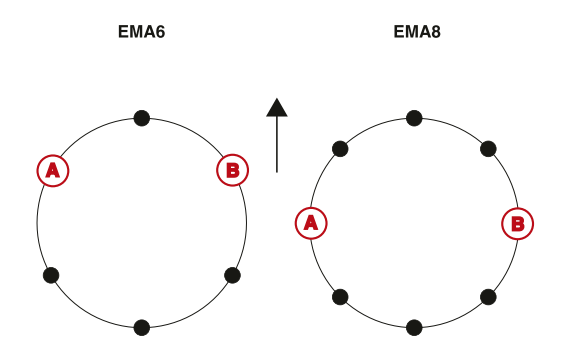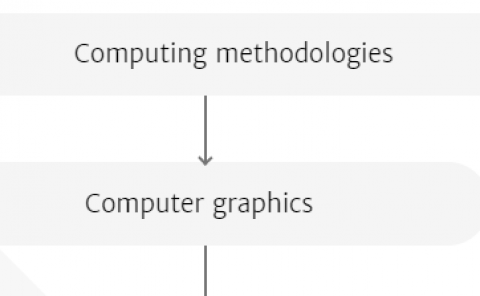Perceptual evaluation of approaches for binaural reproduction of non-spherical microphone array signals
PubDate: Aug 2022
Teams: University of Toronto, Meta
Writers: Tim Lübeck, Sebastià V. Amengual Garí, Paul Calamia, David Lou Alon, Jeffery Crukley, Zamir Ben-Hur

Abstract
Microphone arrays consisting of sensors mounted on the surface of a rigid, spherical scatterer are popular tools for the capture and binaural reproduction of spatial sound scenes. However, microphone arrays with a perfectly spherical body and uniformly distributed microphones are often impractical for the consumer sector, in which microphone arrays are generally mounted on mobile and wearable devices of arbitrary geometries. Therefore, the binaural reproduction of sound fields captured with arbitrarily shaped microphone arrays has become an important field of research. In this work, we present a comparison of methods for the binaural reproduction of sound fields captured with non-spherical microphone arrays. First, we evaluated equatorial microphone arrays (EMAs), where the microphones are distributed on an equatorial contour of a rigid, spherical. Second, we evaluated a microphone array with six microphones mounted on a pair of glasses. Using these two arrays, we conducted two listening experiments comparing four rendering methods based on acoustic scenes captured in different rooms. The evaluation includes a microphone-based stereo approach (sAB stereo), a beamforming-based stereo approach (sXY stereo), beamforming-based binaural reproduction (BFBR), and BFBR with binaural signal matching (BSM). Additionally, the perceptual evaluation included binaural Ambisonics renderings, which were based on measurements with spherical microphone arrays. In the EMA experiment we included a fourth-order Ambisonics rendering, while in the glasses array experiment we included a second-order Ambisonics rendering. In both listening experiments in which participants compared all approaches with a dummy head recording we applied non-head-tracked binaural synthesis, with sound sources only in the horizontal plane. The perceived differences were rated separately for the attributes timbre and spaciousness. Results suggest that most approaches perform similarly to the Ambisonics rendering. Overall, BSM, and microphone-based stereo were rated the best for EMAs, and BFBR and microphone-based stereo for the glasses array.



